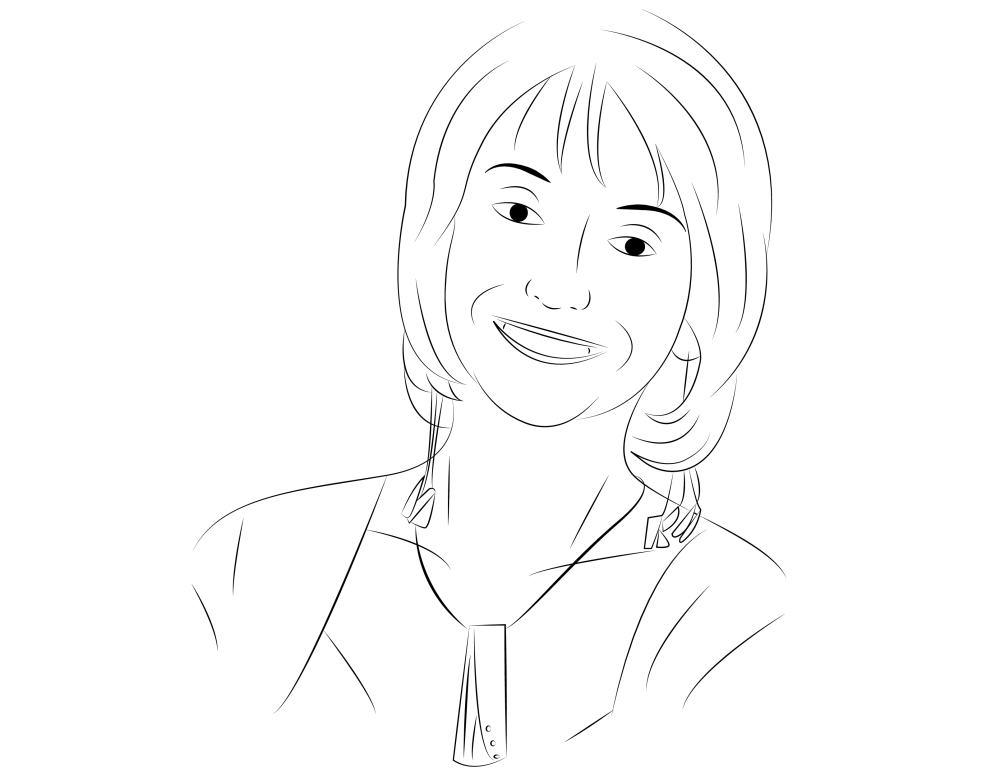
We live in a time of artistic exploration, where even trash has become a medium of expression, equal to those old noble materials oil and wood.
What’s interesting is that as the result of decades of pushing the limits of the materials used to create art, we find the presence of trash in art not only natural, but reflective of problems that surround us today, in the arts, and in our environment. Trash is also characterized by its cumulative quality, the grouping of forms, generally studied when we cover principles of design. A little litter here and there doesn’t disturb us; we almost don’t see it. But a landscape flooded with garbage, creating an overflowing unbalance, not just in Nature but also in our aesthetic conception of space, becomes a formidable presence. A portrait built of recycled refuse is an image that can captivate our interest and remain in our memory. This is the case with the work of Vik Muniz, a Brazilian artist who lives in New York. A few years ago Muniz decided to take on a project of great scale, and embarked on a social and artistic exploration in the reality of one of the largest recycling landfills near Rio de Janeiro, in Brazil. The artistic aspect of this project concluded with the creation of photographic portraits where trash is used as the main material to produce the image. There’s also an extraordinary documentary film about this whole experience, premiered in 2010, Waste Land. Not only had art transformed the trash; it had also transformed the lives of the workers who were part of this community and who were involved in the creative process. This is perhaps one of the most transformative documentaries of our time, having unexpected consequences for the lives of many, and not surprisingly receiving about fifty international awards.
On a different scale, more intimate, and destined for theatrical audiences, is a recent and compelling piece of dance-theater where we are invited to contemplate the existence of garbage in art. The latest work of German choreographer and director André Koslowski, A Cantankerous Wiegenlied, which was premiered this last summer during the Central Pennsylvania Arts Festival, started with an almost ordinary observation, visual and conceptual. Koslowski said: “You know, I was looking at all the trash we produce and take out of our houses every day…! And I thought: I have to work with this…! Don’t you think?” From this image of excess, our production of discards and their fate emerged a landscape, a scene of the end of the world. The characters developed from this atmosphere slide between dance and acting, reflecting on lost, discarded objects, the remains of something that had its function, now recycled in the reality of this other space. It is a work where we question with certain anxiety, secretly, if the tremendous amount of garbage we create, all that pollution, won’t be our ultimate undoing; the determining balance in the harmony of all life in the planet, which, little by little, we are transgressing. We know about new and progressive solutions to confront this behavior, and we applaud them. But art, which allows for curiosity and playfulness, also shows its function as a transformative agent: trash, as material, can become art. As art, it presents to us a sublimated idea of its origin and its possible destinations. Thus we arrive at the idea that this relationship between art and garbage proposes a series of conversations: because there’s art that’s trash, and trash that has achieved the level of art. Surely the material and our imagination are capable of wondrous transformations.


